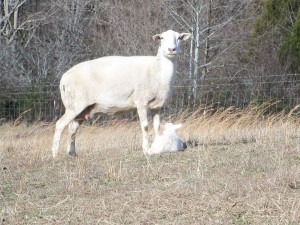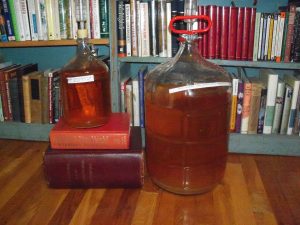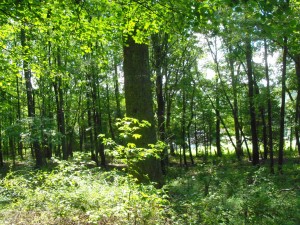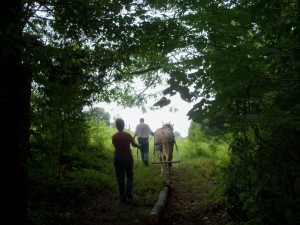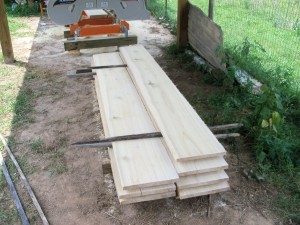In this country we have a long tradition of alternatively praising the work of the farmer and disparaging his lifestyle, the latter often accompanied by the epithet “hick” or “hillbilly.”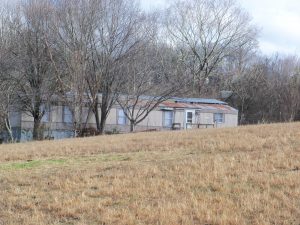
I was reminded of this these past few weeks with the ascension of the Tweeter in Chief, when a new broadside of vitriol was being fired at rural America. At a recent march, one speaker actually said, “We are tired of these people living out in the middle of nowhere telling us how to run our government.” On his Inauguration Day late-night show, Bill Maher referred to voters in the rural state of West Virginia as “pillbillies.” Closer to home, my own doctor condemned complaints by rural Tennesseans about lack of services by saying, “Who needs rural America anyway?” My answer: “Anyone who wants to eat.”
To say that basic respect has broken down between the cities and the interior seems at this juncture in the Republic an understatement at best. Any attempt to find a middle ground gets shot down by the left and the right as a defense of the other side. “Communication” is now a cracked landscape of carefully parsed conversations, tweets, and blog posts, all looking for hints of a wrongward tilt.
Example: An economist being interviewed recently on NPR suggested to his host that to better understand the anxiety in the country, the interviewer drive 45 minutes out of DC to see firsthand the economic dissolution of the rest of America. The interviewer glossed over what seemed a reasonable suggestion and, instead, asked the economist to explain why rural America has failed to endorse a laundry list of popular cultural agendas — a connection whose relevance I failed to comprehend.
Our farm is located in Appalachia, an area that has long been the subject of scorn and mockery. The region’s people, although poor in ways that matter to a money economy, have traditionally been rich in independence, resilience, and self-sufficiency. It now seems that the language used to denigrate this area historically is to be applied across the land to anyone outside the belt of the bright lights.
And that is a mistake. First, because as the wealth of this country dwindles, as the climate becomes increasingly unstable, as the resources that provided this amazing historical interlude run out, we may very well be looking to the hicks and hillbillies to teach us the skills that have long sustained their culture.
Second, because history has shown that it’s imprudent to rile an armed and downtrodden population. Fully 86 percent of our military is drawn from rural and small-town America, and following policies that erode rural families and communities and ignore skyrocketing permanent unemployment, culturally mocking that same population as “pillbillies,” is a recipe for revolt.
As the economist on NPR said, it might be wise for the elitist policy and cultural trend makers to visit the hinterlands and have a non-condescending conversation with the inhabitants. But I don’t hold out much hope for that to happen. Instead, the hard work of dialog will be left to us — town and country, middle America and the coasts — to create anew a language of respect and understanding.

